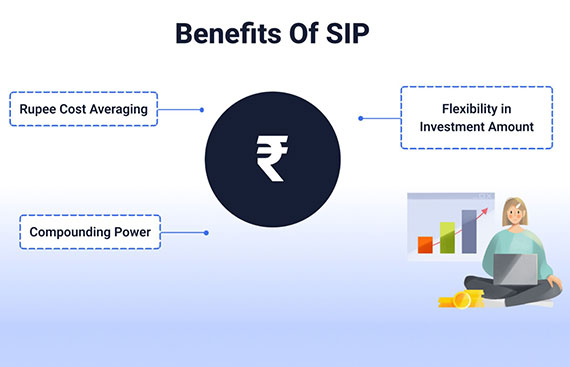How SIPs Can Help You Benefit From The Growing Demand For Healthcare

The healthcare sector is one of the fastest-growing industries globally, driven by increasing population, advancements in medical technology, rising awareness about health, and a steady shift toward preventive care. This burgeoning demand presents you with a golden opportunity to participate in the sector’s growth while potentially earning significant returns. Systematic Investment Plans (SIPs) offer an efficient, disciplined, and low-risk way to invest in healthcare-focused funds.
Here’s how you can benefit from the growing demand:
The growth trajectory
The healthcare industry’s expansion is fuelled by various factors. These include an aging population that requires more medical care, a rise in lifestyle-related diseases, and increased healthcare spending in developing countries. The COVID-19 pandemic further underscored the importance of healthcare infrastructure, accelerating investments and innovations in the sector.
Additionally, sectors like pharmaceuticals, biotechnology, medical devices, and health-tech startups are witnessing growth, offering a wide range of investment opportunities. However, it may be a challenge to pick the right stocks or time the market. This is where SIPs can help you.
What is an SIP, and why does it matter?
An SIP is a method of investing a fixed amount regularly in a mutual fund scheme. It enables you to build wealth gradually by spreading your investments over time. Instead of making a lumpsum investment, SIPs allow you to invest in smaller, manageable amounts, making it an ideal option for every type of investor.
Benefits of SIPs investment in healthcare
- The power of compounding
By investing regularly over an extended period, SIPs help you leverage the power of compounding. Reinvested earnings can generate additional returns, amplifying your wealth over time. This is particularly effective in sectors like healthcare, where consistent growth can translate into compounding benefits if you are a long-term investor.
- Rupee cost averaging
An SIP allows you to buy more units when prices are low and fewer units when prices are high. This concept is known as rupee cost averaging; it mitigates the risk of market volatility and reduces the impact of short-term market fluctuations on your investments.
- Disciplined investing
The healthcare sector’s performance can be influenced by regulatory changes, market trends, and technological advancements. SIPs ensure that you stay invested irrespective of market conditions, promoting a disciplined approach for long-term wealth creation.
- Low initial investment
You don’t need a large capital to start investing in healthcare-focused funds through SIPs. With amounts as small as INR 500 per month, you can start benefiting from the sector’s growth.
- Diversification
Mutual funds focused on healthcare invest across various sub-sectors like pharmaceuticals, medical devices, and healthcare technology. Investing via SIPs helps you create a diversified portfolio, reducing the risk associated with investing in a single company of a sector.
Let’s start investing in healthcare
- Research funds: Identify mutual funds that focus on healthcare or allied sectors. Look at their performance history, fund manager expertise, and portfolio composition.
- Set goals: Define your investment objectives, whether they are long-term wealth creation, retirement planning, or funding healthcare expenses.
- Choose an SIP amount: Decide on an affordable monthly investment amount and be consistent.
- Monitor performance: While SIPs promote a hands-off approach, periodic reviews ensure that the chosen fund aligns with your current goals and market conditions.
Conclusion
The growing demand for healthcare offers immense potential if you seek stable and rewarding opportunities. By combining the sector’s growth prospects with the systematic approach of SIPs, you can benefit from long-term wealth creation while mitigating risks.
